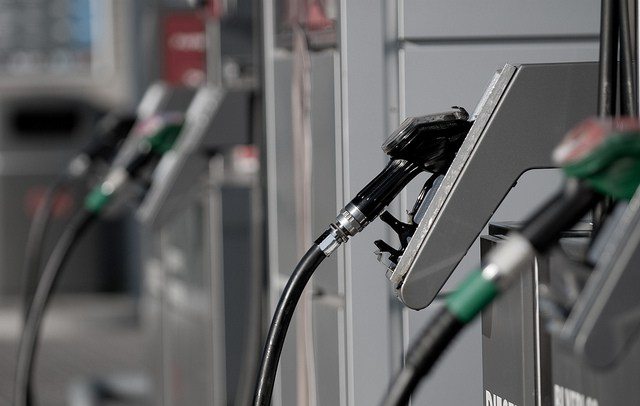Isobutanol supplier Distributor Manufacturer in vizag Andhra Pradesh india Asia
Isobutanol (IUPAC nomenclature: 2-methylpropan-1-ol) is an organic compound with the formula (CH3)2CHCH2OH (sometimes represented as i-BuOH). This colorless, flammable liquid with a characteristic smell is mainly used as a solvent. Its isomers, the other butanols, include n-butanol, 2-butanol, and tert-butanol, all of which are important industrially.
Applications
Isobutanol has a variety of technical and industrial applications:
feedstock in the manufacture of isobutyl acetate, which is used in the production of lacquer and similar coatings, and in the food industry as a flavoring agent.
precursor of derivative esters – isobutyl esters such as diisobutyl phthalate (DIBP) are used as plasticizers in plastics, rubbers, and other dispersions.
precursor of p-xylene, a building block for plastic bottles, textiles and clothing.
paint solvent
varnish remover
ink ingredient
paint additive, to reduce viscosity, improve brush flow, and retard formation of oil residues (blush) on painted surfaces
gasoline additive, to reduce carburetor icing
automotive polish additive
automotive paint cleaner additive
chemical extractant in production of organic compounds
mobile phase in thin layer chromatography.
potential gasoline alternative
Second-generation biofuel
Isobutanol can be used as a biofuel substitute for gasoline in the current petroleum infrastructure. Isobutanol has not yet been put into mainstream use as a biofuel and would serve as a replacement for ethanol. Ethanol is a first-generation biofuel, and is used primarily as a gasoline additive in the petroleum infrastructure. Isobutanol is a second-generation biofuel with several qualities that resolve issues presented by ethanol
Isobutanol's properties make it an attractive biofuel:
relatively high energy density, 98% of that of gasoline.
does not readily absorb water from air, preventing the corrosion of engines and pipelines.
can be mixed at any proportion with gasoline, meaning the fuel can "drop into" the existing petroleum infrastructure as a replacement fuel or major additive.
can be produced from plant matter not connected to food supplies, preventing a fuel-price/food-price relationship.


Leave a comment